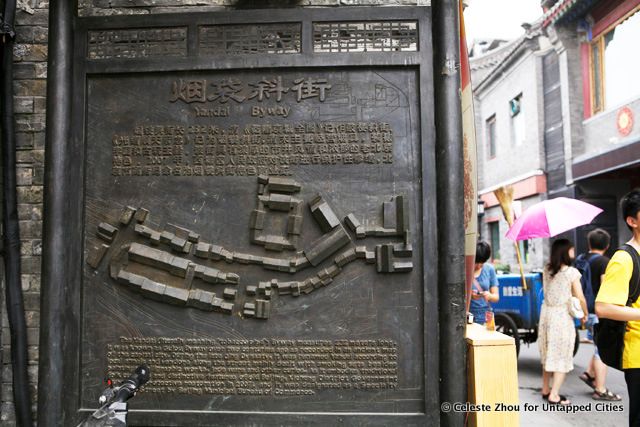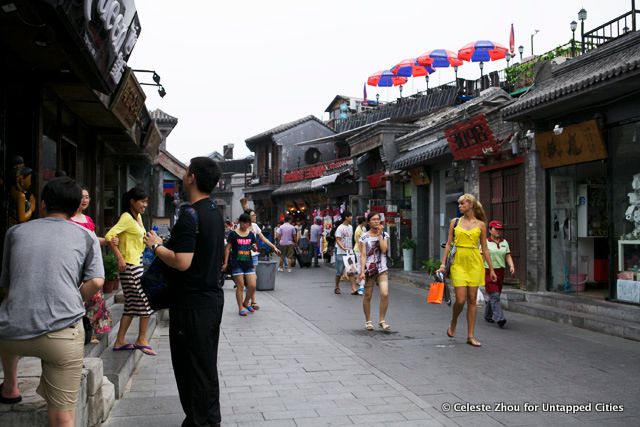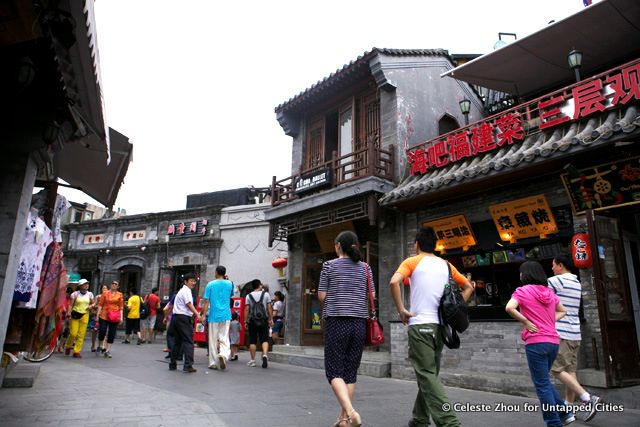How to See the Liberty Bell...in Queens
A copy of the famous American bell can be found inside a bank, which itself is modeled after Independence Hall!


While gigantic shopping complexes are taking over Beijing, some ancient shopping streets have stayed close to their historical roots. Located in the western part of Beijing, just next to Shichahai, Yandaixie Street is the oldest commercial street in the capital. In 2010, the street was awarded the title of “China’s Famous Historical and Cultural Street” by the Ministry of Culture and the State Administration of Cultural Heritage for its lasting charm and sense of history.

Yandaixie Street was formed during the Yuan Dynasty with the government’s efforts to establish the Shichahai water system. Its advantageous geographical location, next to the Shichahai ferry at that time, laid the foundation for its future prosperity. Yandaixie Street truly rose to prominence during the Qing Dynasty as a place for tobacco pipe shopping, serving not only celebrities but also locals. With the passion for smoking tobacco pipe rising, more and more tobacco shops occupied the street. It’s said that the market is open throughout the night, therefore earning it the name “Ghost Market”.

Yet the name “Yandaixie” is not only credited to its flourishing tobacco shops, but also to the shape of the street. The 232-meter-long alleyway connects Di’anmen Outer Street with Yaer Hutong next to Shichaihai, and its eastern intersection with Di’anmen Outer Street is wider than the rest of the street, forming the shape of a pipe’s mouth.

The Guangfu Daoist Temple
Another example of Yandaixie Street’s rich historical background is the Guangfu Daoist Temple in the center of the street. Built during the Ming Dynasty, the temple served as the Department of the Central Daoist Registry later, and remained a protected cultural relic in Beijing.

Nowadays, modern elements have infused the old street with some glimmer. Though hosting only one or two tobacco pipe shops, the street is home to a diverse cluster of shops ranging from China-themed postcards and souvenirs shops, to bars and restaurants.
Subscribe to our newsletter